S5 E157 Olde West: The Loss (Nov 2024)
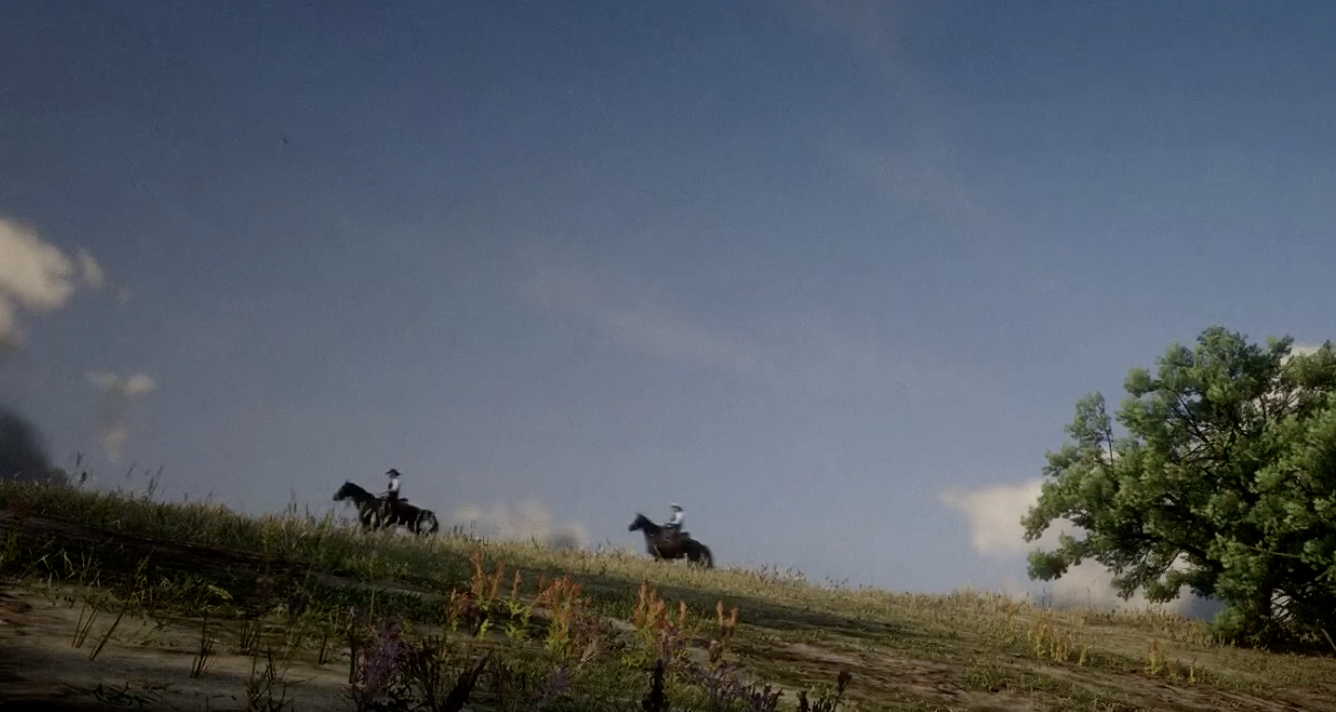
Who doesn’t love a good olde Western? This week we delve into a great short by avidredeadenjoyer, released 21 Sept 2024, called The Loss. It has been made in the only engine a Western machinima can be, RDR2. We all especially liked one particular shot, which really goes to the heart of why machinima has added so much to movie-making. This week, we also talk about a second pick, a Frontier: Elite 2 short by The Mystic Mushroom accompanied by the Blue Danube: The second best space sim ever made… Enjoy!
YouTube Version of This Episode
Show Notes & Links
The Loss – A Red Dead Redemption 2 Machinima by avidredeadenjoyer, released 21 Sept 2024
The second best space sim ever made… Frontier: Elite 2, by The Mystic Mushroom – accompanied by Strauss’s the Blue Danube

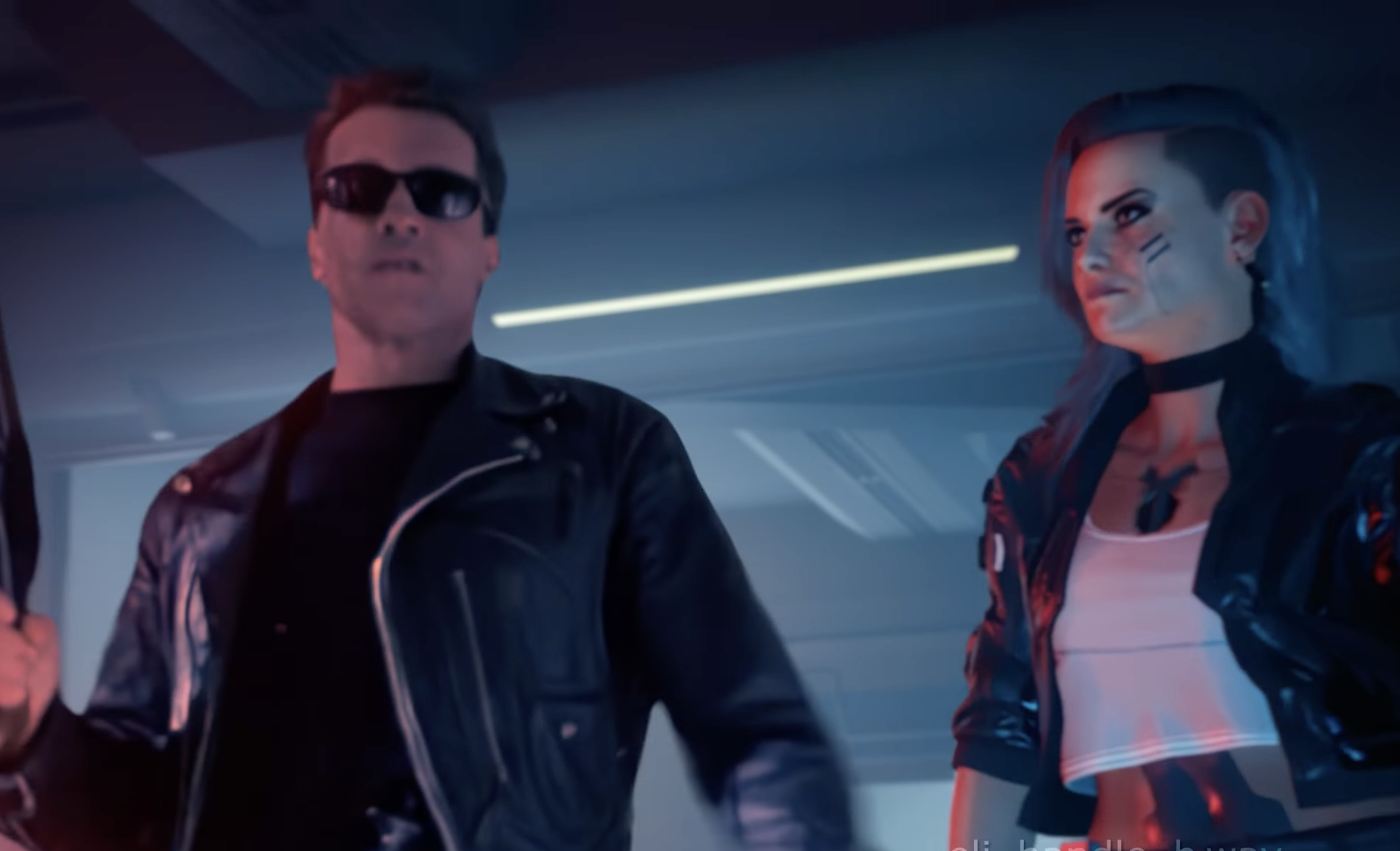
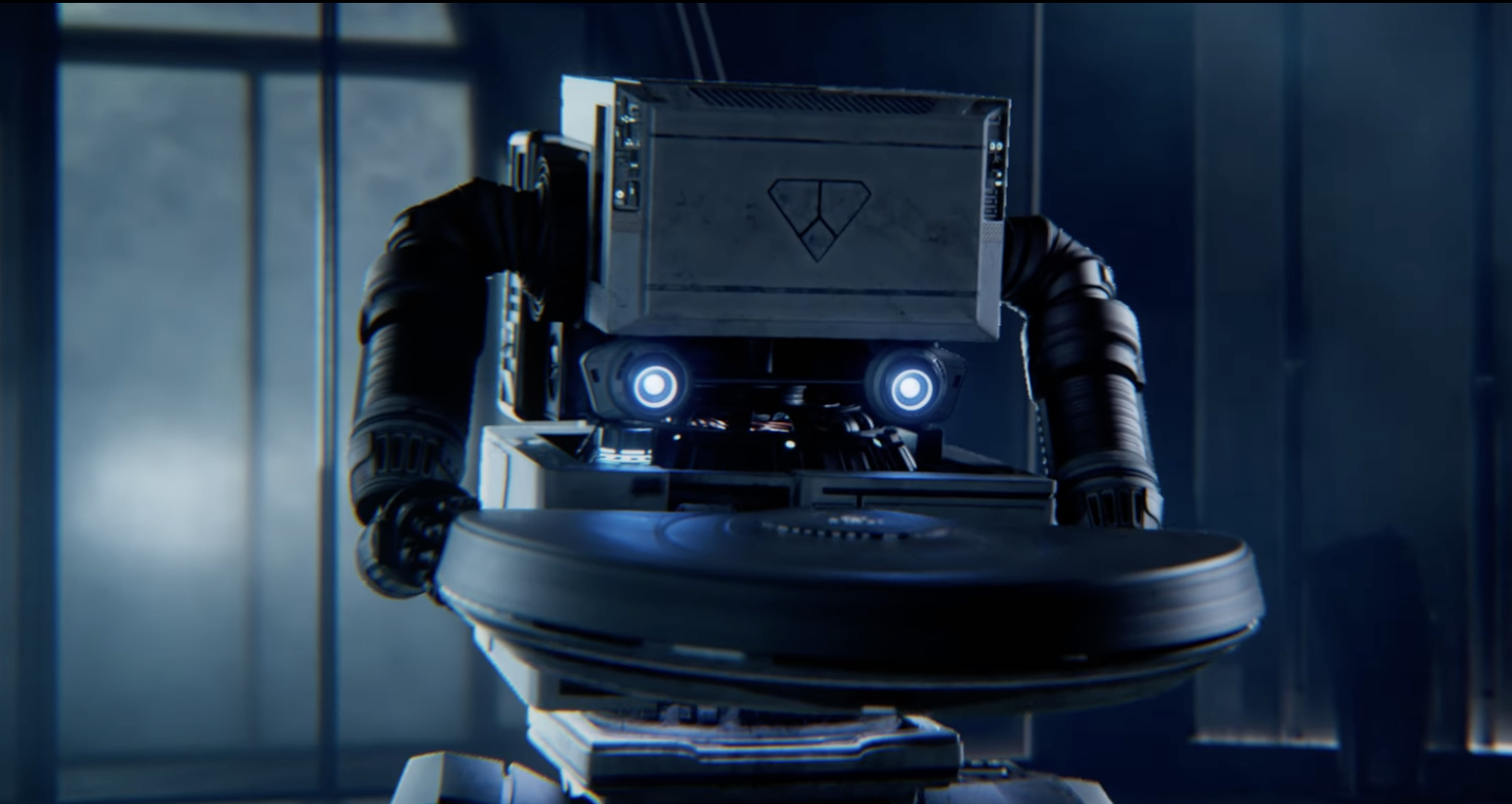
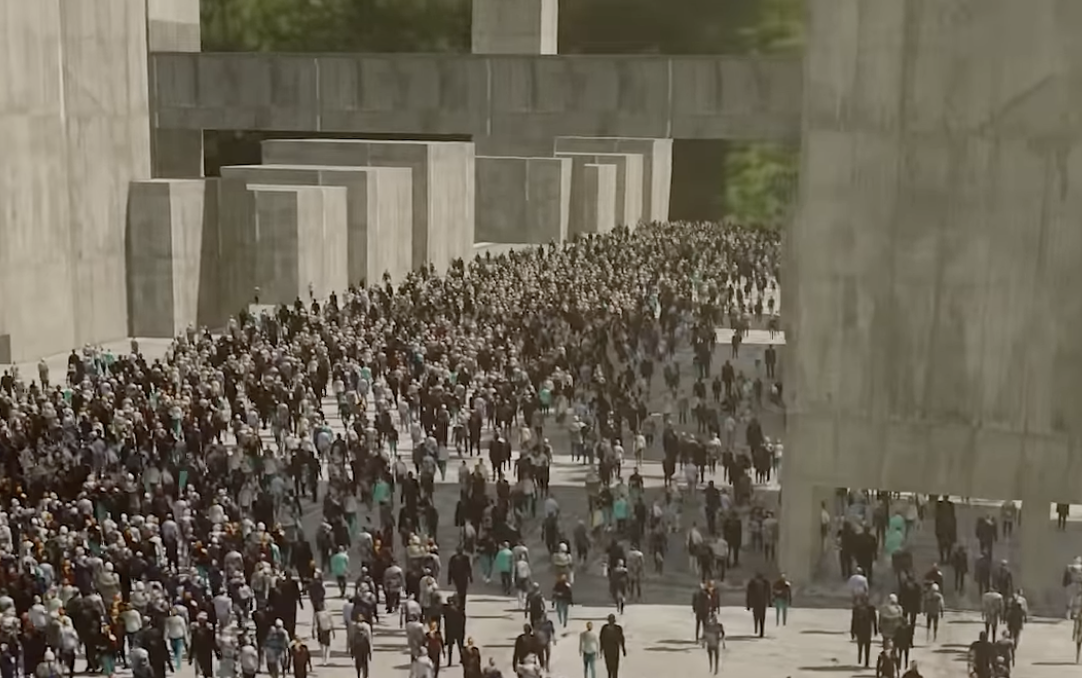
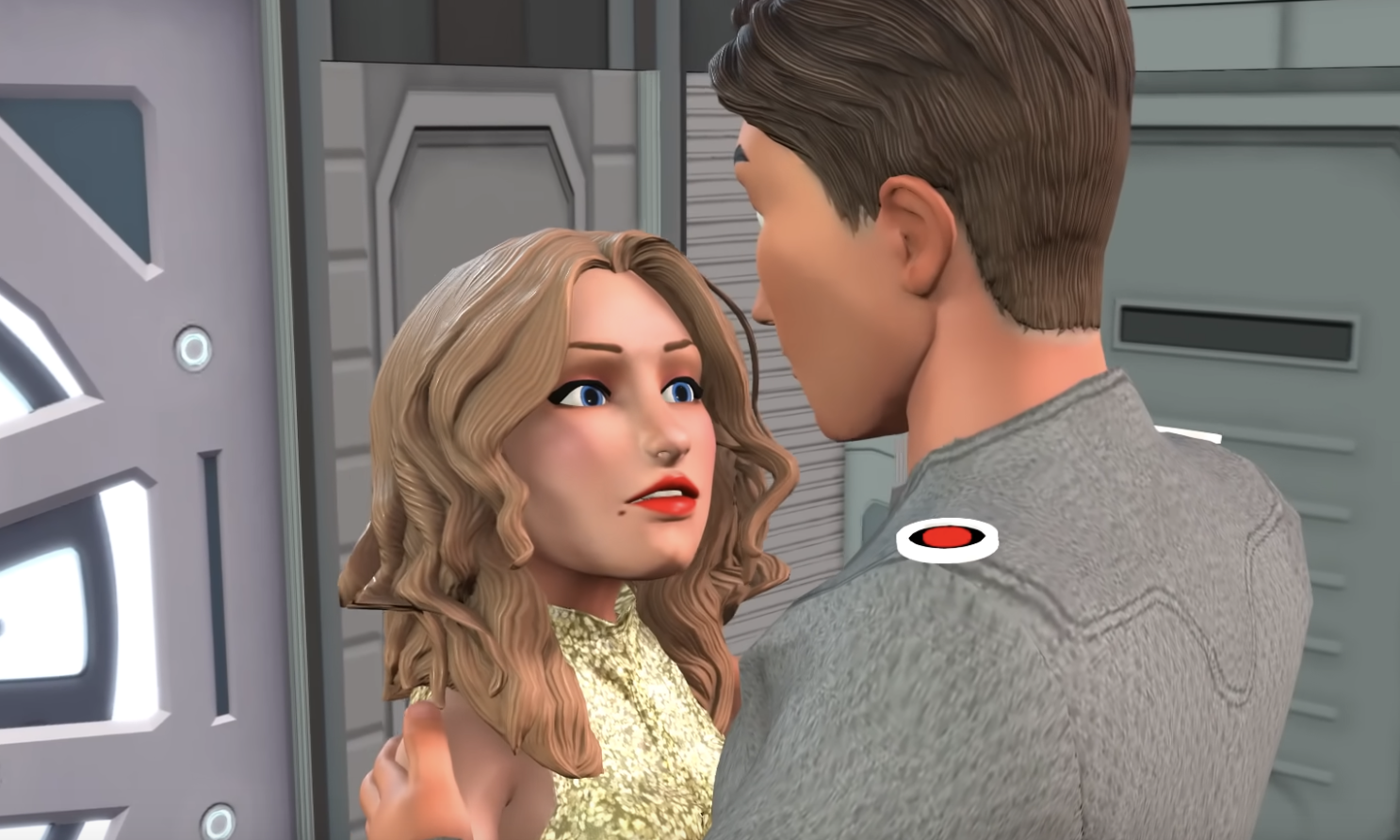

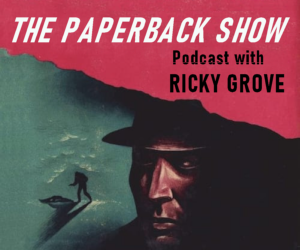
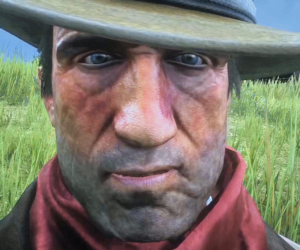
Recent Comments